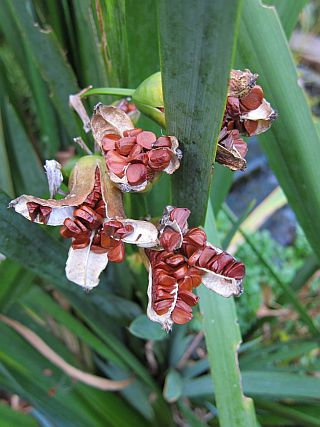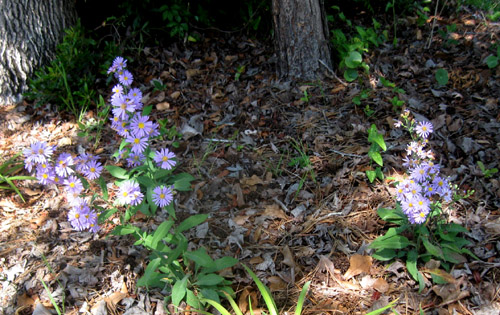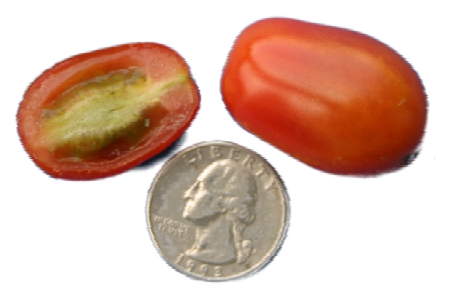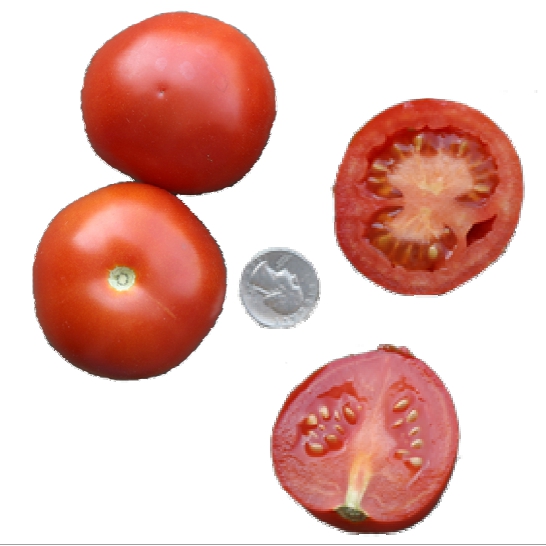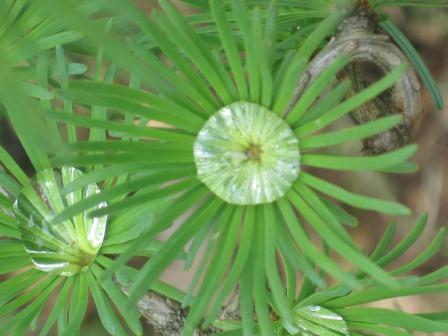(I know this one will get me into trouble…but hey, if I don’t tick someone off I’m not doing my job.)
I have mixed feelings about the increased popularity of urban farming. On one hand, I love the idea that people are becoming more involved in producing their own food. But on the other hand, the naivety of many urban farmers is scary – because they assume that home-grown food is safer and/or healthier than what they can buy at the market.
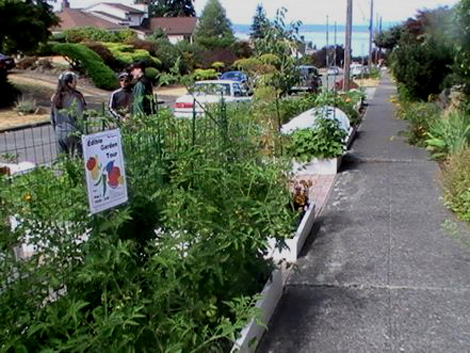
I give a lot of seminars every year, on a lot of different topics. At the end I usually have a room full of happy people, asking lots of questions and eager to go apply the new knowledge that they’ve gained. But one talk I’ve done has exactly the opposite effect. It’s the seminar I give on vegetable gardens and heavy metal contamination of urban soils. The audiences are subdued and worried. It doesn’t make me feel very good, but on the other hand I know I’ve got people thinking.

Heavy metal contamination of soils is insidious. Like the iocane powder in The Princess Bride, these compounds can be odorless and tasteless…and deadly. Lead, arsenic, cadmium, and a handful of other heavy metals are the legacy of centuries of “civilized” living. Mining, smelting, manufacturing, and driving all contribute to localized toxic hot spots. Unlike organic contaminants, heavy metals are elemental. They don’t break down and go away. The lead from gasoline fumes of the past is still found along roadsides; the arsenic from early pesticides still lingers in soil used for field and orchard crops. Many plants not only take up heavy metals, but accumulate them in their tissues.
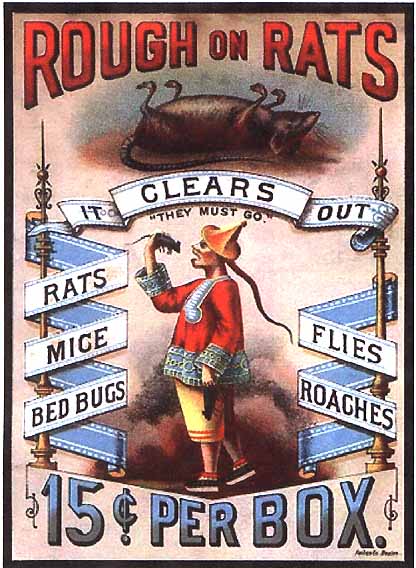
It’s easy to avoid heavy metal problems: soil tests are the logical first step. If soils are contaminated, you can build raised beds or use containers with clean, imported topsoil or other growing media for vegetable gardens. Likewise, you might want to take care in buying produce from farmer’s markets – ask questions about possible soil contamination.
So by all means, grow your own vegetables – save money and take satisfaction in producing your own food. But be careful out there.
